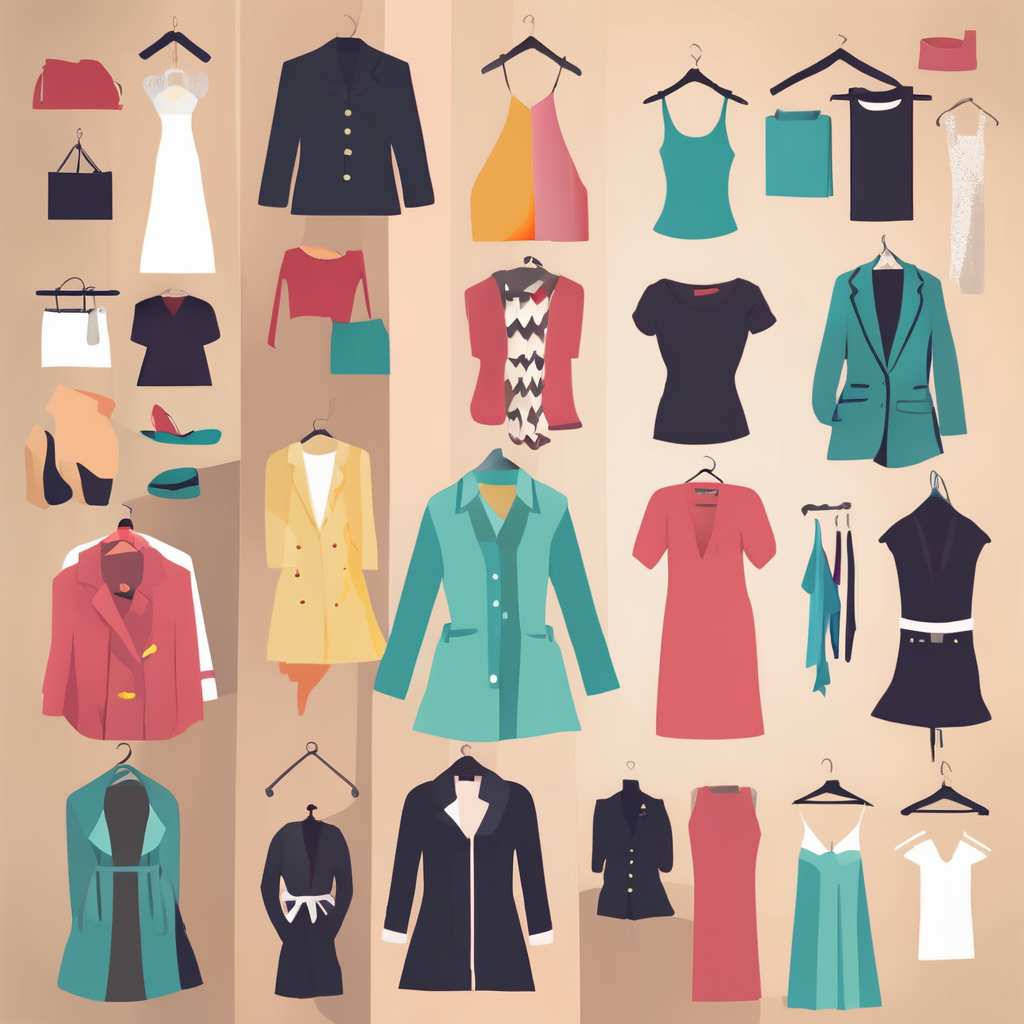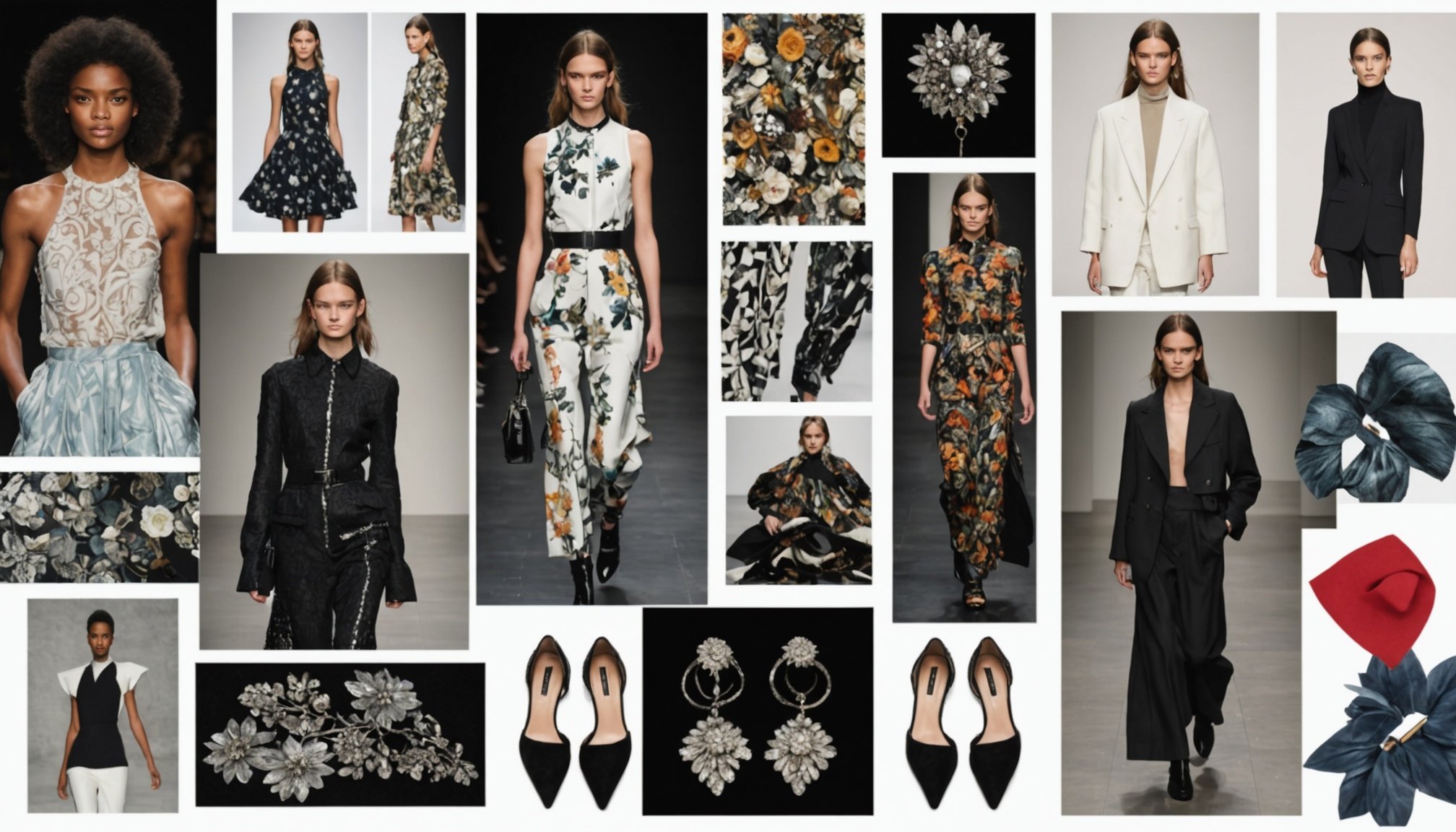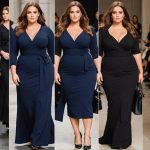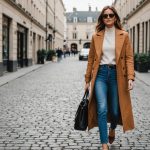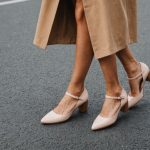Fashion mood boards are pivotal tools for designers and fashion enthusiasts. They consolidate vision, creativity, and inspiration into a visual form. Not only do they articulate the essence of an upcoming fashion collection, but they also serve as a creative sanctuary where ideas are born and nurtured. Today, we’ll delve into the key elements that make a fashion mood board an effective source of inspiration.
Understanding the Purpose of a Fashion Mood Board
A fashion mood board is far more than a montage of pretty images. At its core, it is a creative tool that helps in articulating the feel, vision, and mood of a fashion collection. When you set out to create a mood board, you are essentially crafting the blueprint of your design journey.
This might interest you : What are some tips for choosing comfortable yet stylish shoes for daily wear?
The Heart of the Mood Board
The primary function is to convey a mood or story that your fashion line will tell. By assembling a board imbued with design elements, colors, and textures, you are setting the tone for your entire collection. This process acts as a visual narrative, illustrating the inspiration behind your work and how it evolves over time.
Driving Inspiration
Mood boards are pivotal in the initial phases of the design process. They collect and centralize inspiration, which is crucial for both nascent ideas and their development. In the world of fashion, where visual elements rule, mood boards translate your creative language into something tangible.
Also read : What are the essential accessories every woman should own for a complete look?
Communication and Collaboration
These boards are also significant for bridging communication gaps. Whether you are working solo or collaborating with a team, a mood board ensures that everyone involved is on the same page. The visual representation facilitates clearer communication, ensuring that everyone’s vision aligns.
Choosing the Right Elements for Your Mood Board
Choosing the components of a fashion mood board requires meticulous attention and an eye for detail. Each image, color, and texture should resonate with your theme and overall vision. The elements you choose to incorporate will ultimately shape a vivid picture of your fashion design.
Selecting the Perfect Images
Images are the backbone of any effective mood board. As the primary visual elements, they should evoke the emotions and themes central to your collection. Whether you’re inspired by natural landscapes, historical fashion, or modern art, ensure your chosen images truly reflect the mood you intend to set.
Colors and Textures
Colors play a huge role in establishing the mood of your board. Be deliberate in your color choices – warm hues might suggest a cozy autumn collection, while cooler tones could hint at winter elegance. Textures, too, add depth and tactile interest, giving a sense of materiality and realism to the concepts being presented.
Incorporating Text and Titles
Words and short titles can play a critical role in emphasizing the vision and ideas presented. They should be minimal yet impactful, guiding the viewer’s eye and mind towards understanding the overall mood. A well-placed word can enhance the narrative your board attempts to convey.
The Creative Process of Assembling a Fashion Mood Board
Creating a mood board is an art form that requires deft balance between spontaneity and strategic planning. This process is as much about discovery as it is about creation. Here’s how to navigate through it.
Brainstorming and Conceptualization
Start by collecting as many ideas as possible. This phase is about casting a wide net—allowing creativity to flow freely without restraints. Explore various sources of inspiration like fashion magazines, online platforms, or natural environments. At this stage, the goal is to gather a plethora of images and ideas that resonate with your theme.
Curating and Editing
Once you have amassed a collection of elements, it’s time to refine your vision. This involves discerning which images and elements genuinely speak to your design intentions. Editing helps in eliminating the noise and focusing on pieces that align with your thematic vision.
Arranging and Layering
Finally, begin the creative task of piecing your mood board together. Layer the selected elements in a way that they complement each other. Consider the balance of colors, the interplay of textures, and the flow of images. The aim here is to create a cohesive visual narrative that embodies your unique fashion vision.
Unlocking the Power of Digital Mood Boards
With the advent of digital technology, creating mood boards has transcended the traditional cut-and-paste methodology into the digital realm. This shift offers a plethora of possibilities for those wishing to create dynamic and interactive mood boards.
Advantages of Going Digital
Digital mood boards allow for a flexibility that physical boards cannot. You can easily edit, rearrange, and adjust elements with a few clicks. This process not only saves time but also allows for easier experimentations with different design avenues without the worry of permanence.
Integrating Technology
There are numerous online tools and platforms dedicated to mood board creation. These tools offer diverse templates, easy image sourcing, and seamless integration with other project management tools. Utilize platforms like Canva, Adobe Spark, or Pinterest to create your digital masterpiece.
Sharing and Collaboration
Digital boards open up avenues for collaboration. Share your mood board with peers across the globe, gather feedback, and make collaborative edits in real-time. This interactivity enhances the creative process by incorporating diverse perspectives and inspiration. Digital boards are also easy to archive and retrieve, allowing you to track the evolution of your ideas over time.
A fashion mood board is not just a tool, but a creative journey encapsulating your vision and inspiration in a tangible form. By understanding its purpose, carefully selecting elements, and embracing digital technology, you can craft a mood board that effectively conveys the essence of your fashion collection. Whether traditional or digital, these boards remain timeless canvases for the creative process, illuminating the path from inspiration to realization.
